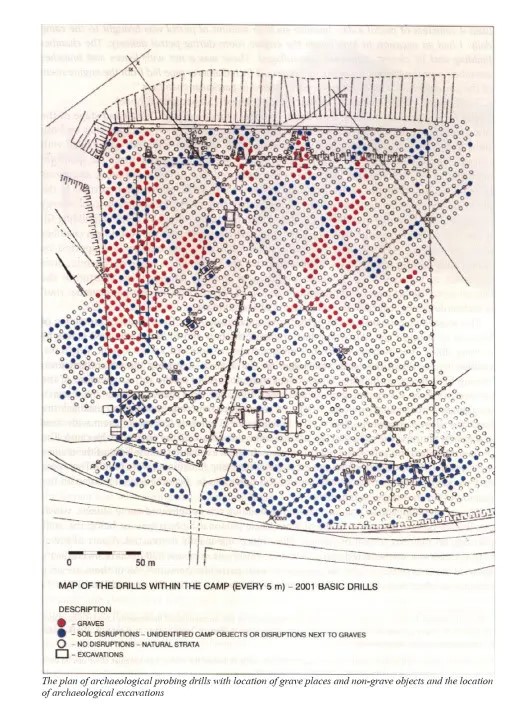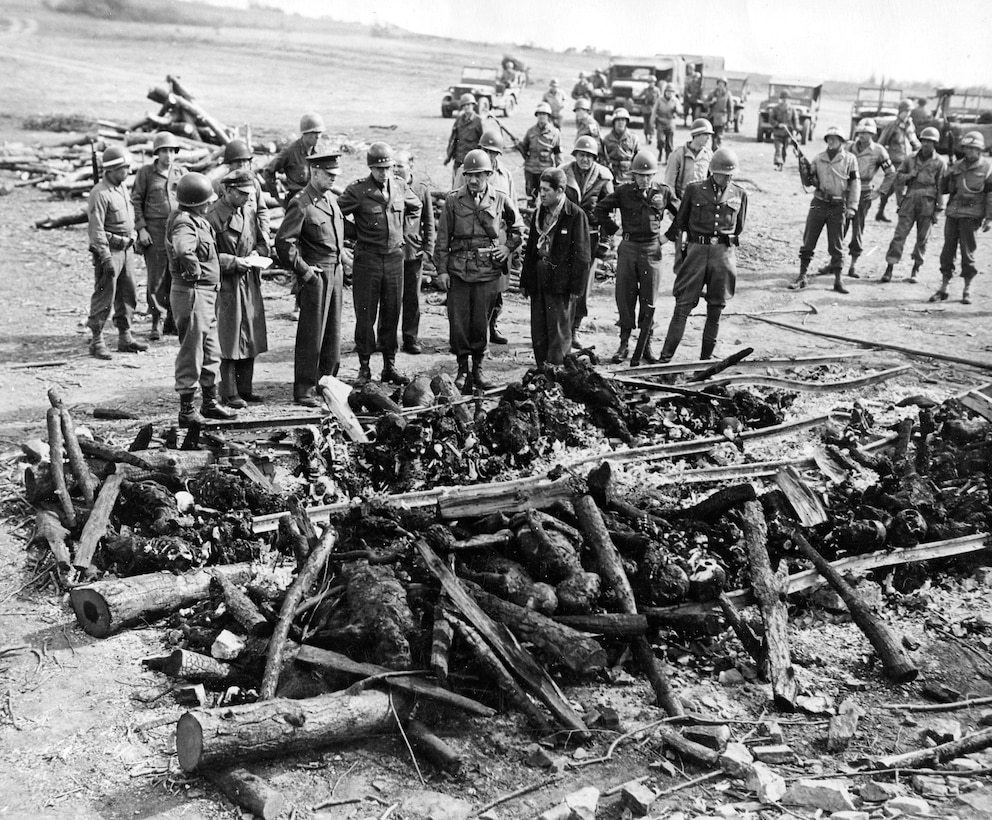The fact that they could have packed the graves at least 10x more efficiently than they actually did does not disprove transit camp thesis, or whatever you're going with. It just means that they were acting illogically.
With 20,000 buried there, you're looking at 1 emaciated Jew (with high probability of being child) per cubic meter. This just seems very low too me, extremely wasteful in fact, and I challenge you to show me that this is the norm with mass graves. A number of 80,000 seems more like a reasonable minimum.
AI calculates that "at 100% packing efficiency, you can fit 25 humans weighing 40 kg each in a 1 cubic meter volume". So if we're going with a 20,000 number that means literally the graves were over 95% dirt. Even with 4 per cubic meter we're looking at over 80%.
But we can move on from this to your next point
You're appealing to a norm in other camps, which is that bodies were burned. But the norm, as far as I'm aware, is bodies were burned soon after death for hygienic reasons and to not necessitate burial. Do you agree with this? Can you point to other examples where bodies were exhumed after being buried? It seems quite obvious this was the case here, but maybe you disagree.
So the question is, why did it happen differently here (and at the other Reinhard camps / Chelmno) -- assuming no other examples of this happening. You can focus on the question of the exhumation.
You're starting to answer my questions though, so I'm happy with this so far and I encourage you to continue.

